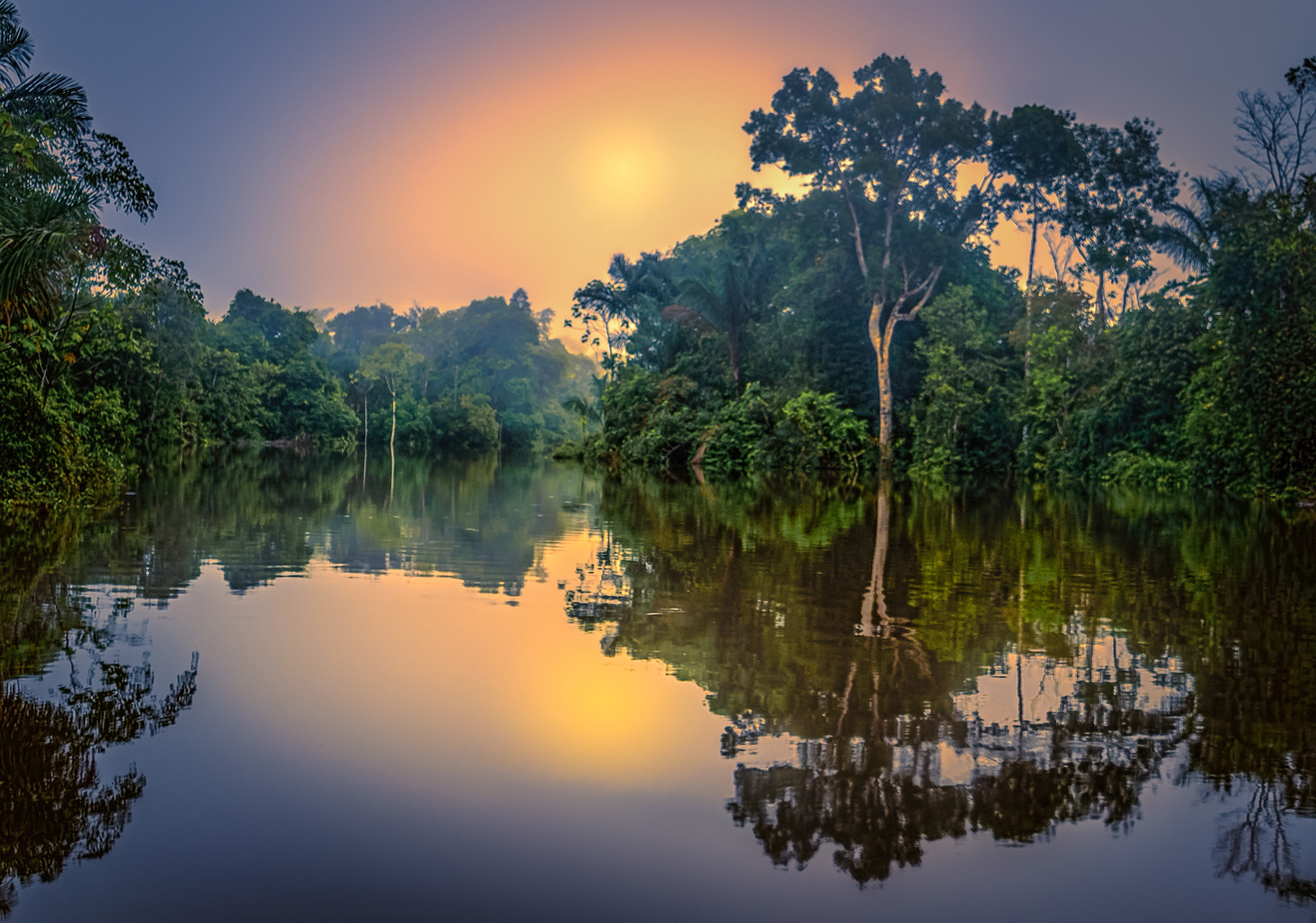Amazon rainforest in Peru
Copyright© Keith Cuddeback, via flickr, CC BY-NC 2.0
Core area “Conserving nature and natural resources” Forests and biodiversity
Forest conservation
Peru has the second largest area of tropical rainforest in South America. These forests not only provide a livelihood for many people but are also of pivotal importance for the global climate.
In order to enable long-term economic success, Peru’s development trajectory must take the dimensions of ecological sustainability into greater account than has been the case in the past.
One of the aims being pursued here is making Peru’s forest production more competitive. To that end, illegal trade in tropical timber is to be combated and the share of certified wood from sustainable forest management increased. In order to achieve this and to expand sustainable value chains in the forestry sector, Germany and Peru are also collaborating closely on TVET initiatives for the forestry and timber sector.
Germany is advising the Peruvian Ministry of Environment and the national forest authority SERFOR, founded in 2014, on creating a more conducive environment for sustainable forestry.
Biodiversity
More than 17 per cent of Peru’s territory is currently designated as protected area, so that the target set out in the country’s national Action Plan under the Convention on Biological Diversity has already been reached. Germany is supporting biodiversity conservation in Peru by strengthening the country’s system of protected areas, for instance by financing infrastructure in national parks, improving the administration of protected areas and buffer zones, and promoting sustainable financing for protected areas. Germany is supporting not only the central government but also several regional governments in their efforts to develop their expertise for the management of natural resources and to design alternative development models for the local population.
As at: 03/06/2022
